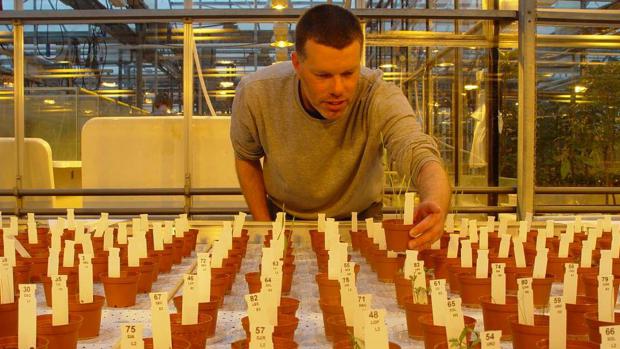
Breaking News
 UPDATE: Israel Launches Gaza Strikes, Peace Plan in Question
UPDATE: Israel Launches Gaza Strikes, Peace Plan in Question
 Gavin Newsom melts down as Pentagon plans to fire artillery shells over California highway during...
Gavin Newsom melts down as Pentagon plans to fire artillery shells over California highway during...
 The watershed moment Trump changed course on Israel after Netanyahu shattered their...
The watershed moment Trump changed course on Israel after Netanyahu shattered their...
 Brazen thieves drop priceless Eugénie crown outside the Louvre in Paris during jaw-dropping...
Brazen thieves drop priceless Eugénie crown outside the Louvre in Paris during jaw-dropping...
Top Tech News
 3D Printed Aluminum Alloy Sets Strength Record on Path to Lighter Aircraft Systems
3D Printed Aluminum Alloy Sets Strength Record on Path to Lighter Aircraft Systems
 Big Brother just got an upgrade.
Big Brother just got an upgrade.
SEMI-NEWS/SEMI-SATIRE: October 12, 2025 Edition
 Stem Cell Breakthrough for People with Parkinson's
Stem Cell Breakthrough for People with Parkinson's
 Linux Will Work For You. Time to Dump Windows 10. And Don't Bother with Windows 11
Linux Will Work For You. Time to Dump Windows 10. And Don't Bother with Windows 11
 XAI Using $18 Billion to Get 300,000 More Nvidia B200 Chips
XAI Using $18 Billion to Get 300,000 More Nvidia B200 Chips
 Immortal Monkeys? Not Quite, But Scientists Just Reversed Aging With 'Super' Stem Cells
Immortal Monkeys? Not Quite, But Scientists Just Reversed Aging With 'Super' Stem Cells
 ICE To Buy Tool That Tracks Locations Of Hundreds Of Millions Of Phones Every Day
ICE To Buy Tool That Tracks Locations Of Hundreds Of Millions Of Phones Every Day
 Yixiang 16kWh Battery For $1,920!? New Design!
Yixiang 16kWh Battery For $1,920!? New Design!
 Find a COMPATIBLE Linux Computer for $200+: Roadmap to Linux. Part 1
Find a COMPATIBLE Linux Computer for $200+: Roadmap to Linux. Part 1
Simulated Martian and lunar soils sprout their first crops

One of those teams, from Wageningen University in the Netherlands, previously tried growing food plants in simulations of both lunar and Martian soil. Although those tests proved unsuccessful, that wasn't the case the most recent time around.
The soil simulants were provided by NASA, with the moon soil actually coming from a desert in Arizona, and the Mars soil coming from a Hawaiian volcano. Previously, plants grown in nothing but these soils died. This time, however, fresh-cut grass was added to the growing medium. This helped the soil to retain water, while also acting as a form of fertilizer.
As a result, the team successfully grew 10 crop species including tomato, rye, radish, pea, leek, spinach, garden rocket, cress, quinoa and chives. The amount of above-ground biomass grown in the Martian soil simulant was similar to that managed in regular potting compost used as a control, while the lunar soil simulant yielded about half as much biomass.



